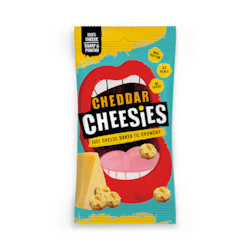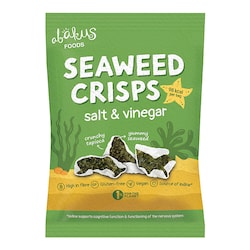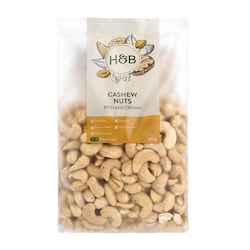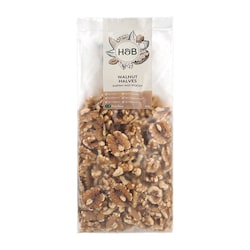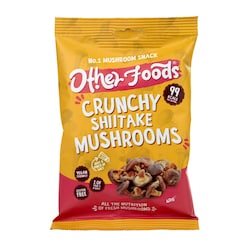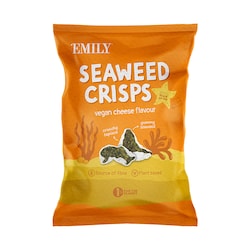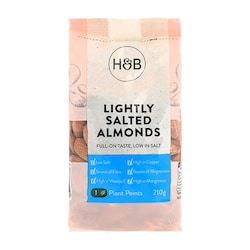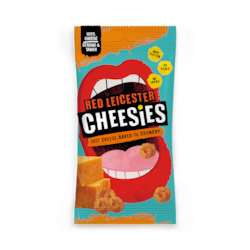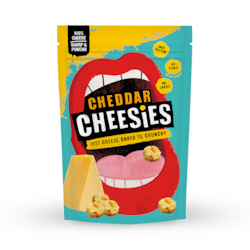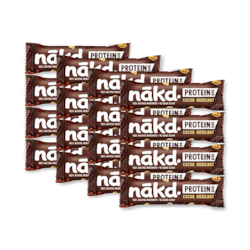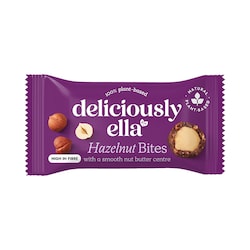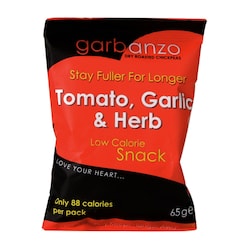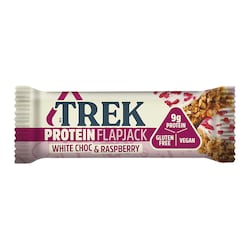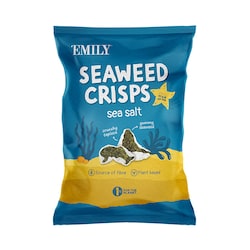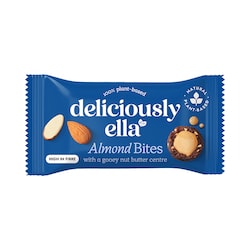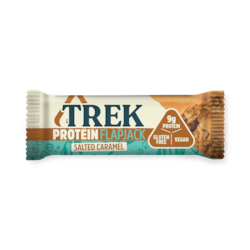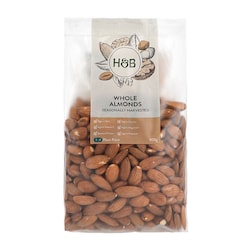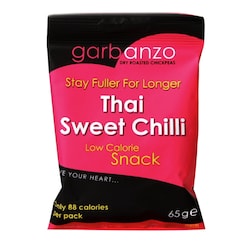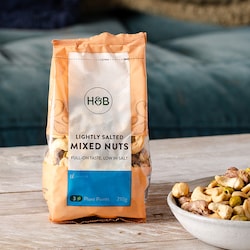20% off £30
Everything you need to know about protein crisps
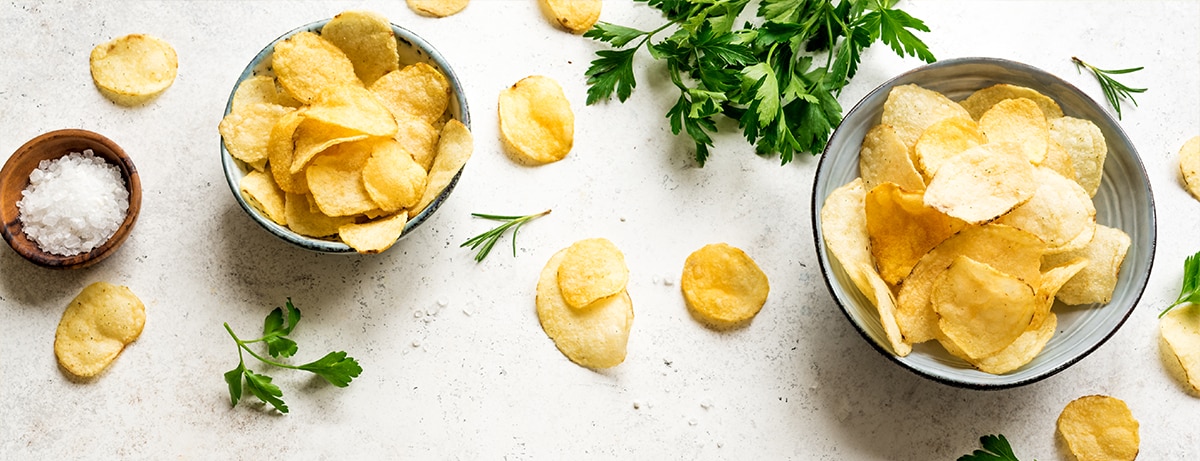
Summary
1What are protein crisps?
Protein crisps are essentially what it says on the tin – tasty crispy snacks packed full of protein! They offer a convenient way to increase...
2What’s wrong with normal crisps?
It is estimated that here in the UK, we collectively consume roughly 6 billion packets of crisps a year! It’s safe to say we are a crisp-loving...
3What to look out for when picking protein crisps
The most important thing when choosing your protein crisps is to understand their nutritional content...
With 86% of UK adults admitting to eating snacks at home, it is no surprise that we have started to look for ways to get more ‘benefits’ out of each bite.1
The world of protein snacks has grown significantly over recent years, with health-conscious individuals looking for convenient and nutritious options to fuel their active lifestyles.
High protein snacks can provide essential amino acids that aid in muscle recovery, and support overall well-being.2
While traditional protein snacks like bars and shakes continue to be popular choices, new and exciting options have emerged, such as protein crisps. These crispy snacks offer a satisfying crunch while packing a substantial amount of protein per serving.
Stay with us and we’ll give you the full lowdown on protein crisps. What to look out for, what to buy and why you should be buying them.
What are protein crisps?
What’s wrong with normal crisps?

What to look out for when picking protein crisps
The most important thing when choosing your protein crisps is to understand their nutritional content.
Fortunately, these days the hard work is done for you with labelling that appears on packets, which not only lists the ingredients but also offers valuable information on other important factors like salt and sugar content.
Take the time to check the label and make an informed decision on whether the snack aligns with your dietary needs and goals.
While protein crisps do tend to be slightly ‘healthier’ than their fried potato counterparts, it’s still worth looking out for a couple of pitfalls that could see you slip up – so if you’re trying to watch those calories, look out for the following four things:
-
The protein source
Check the label and ingredient list for artificial additives, preservatives, or excessive amounts of sugar. Choose crisps with a simpler ingredient list, focusing on natural and whole ingredients.
Check the protein source used in the crisps. Opting for crisps made from quality protein will help maximize the benefits of the snack, such as muscle support.
-
Low saturated fat
Pay attention to the fat and carbohydrate content. Aim for crisps that are lower in unhealthy fats and carbohydrates, especially if you're watching your overall calorie intake or following a specific diet plan. The NHS recommends no more than 20g of saturated fat per day.5
-
Low sugar
Many of us love a sweet & savoury hit from our snacks, but too much sugar can lead to various health issues such as weight gain, diabetes, and increased risk of heart disease. The NHS recommends that adults consume no more than 30g of ‘free sugars’ per day.6
-
Low salt
By choosing low-salt protein crisps, you can minimize your sodium intake while still enjoying the protein-rich benefits. The NHS recommends no more than 6g per day.7
Additionally, excessive salt can mask the natural flavours of the crisps, so opting for lower-salt options allows you to fully appreciate the taste of the snack.
What are protein crisps made of?
Protein crisps come in many forms.
They can be made from vegetables or lentils, but here are some of our favourites (and some you might not have heard of):
- Sorghum: Sprouted sorghum is an excellent choice for making protein crisps due to its impressive nutritional profile.8 It is rich in protein, fibre, vitamins, and minerals.
Moreover, sprouting enhances its digestibility and nutrient absorption, making it a wholesome and nutrient-dense ingredient for protein crisps.9
- Lentils: Lentils are a great plant-based protein source.10 Incredibly versatile, lentils add both nutritional value and delicious flavour to crisps.
- Chickpeas: Chickpeas provide a satisfying crunch and a delicious flavour, making them a great base ingredient for protein crisps.
In addition to their high protein and fibre content, chickpeas also offer a range of essential nutrients, including iron, folate, and magnesium.11
- Flaxseed: Packed with protein, fibre, and healthy fats, including omega-3 fatty acids, flax is a wonderful ingredient for protein crisps.
Flaxseed also offers antioxidant properties and contributes to heart health, making it a beneficial addition to protein crisps.12
You also asked...
- Baked Crisps: Baked crisps are often lower in fat compared to traditional fried crisps. They are cooked using hot air rather than oil, resulting in a reduced fat content.
- Veggie Crisps: Vegetable-based crisps, such as those made from beetroot, carrot, or kale, are generally lower in fat than potato-based crisps.
- Rice Crisps: Rice crisps are typically lower in fat compared to potato crisps. They are made from puffed rice and often have minimal added fats.
- Popped Crisps: Like baked crisps, popped crisps, are often lower in fat as they are cooked with air rather than oil. These snacks provide a light and crispy texture while reducing the fat content.

The final say
1. https://store.mintel.com/report/uk-consumer-snacking-market-report
2. https://www.ncbi.nlm.nih.gov/pmc/articles/PMC4190484/
3. https://www.theguardian.com/lifeandstyle/2010/sep/01/crisps-british
5. https://www.nhs.uk/live-well/eat-well/food-types/different-fats-nutrition/
6. https://www.nhs.uk/live-well/eat-well/food-types/how-does-sugar-in-our-diet-affect-our-health/
7. https://www.nhs.uk/live-well/eat-well/food-types/salt-in-your-diet/
8. https://www.ncbi.nlm.nih.gov/pmc/articles/PMC7917644/
10. https://www.ncbi.nlm.nih.gov/pmc/articles/PMC6769807/
11. https://www.ncbi.nlm.nih.gov/pmc/articles/PMC5188421/
12. https://cdnsciencepub.com/doi/pdf/10.4141/cjps2013-018
13. https://www.health.com/healthy-high-protein-snacks-7504806
The advice in this article is for information only and should not replace medical care.


